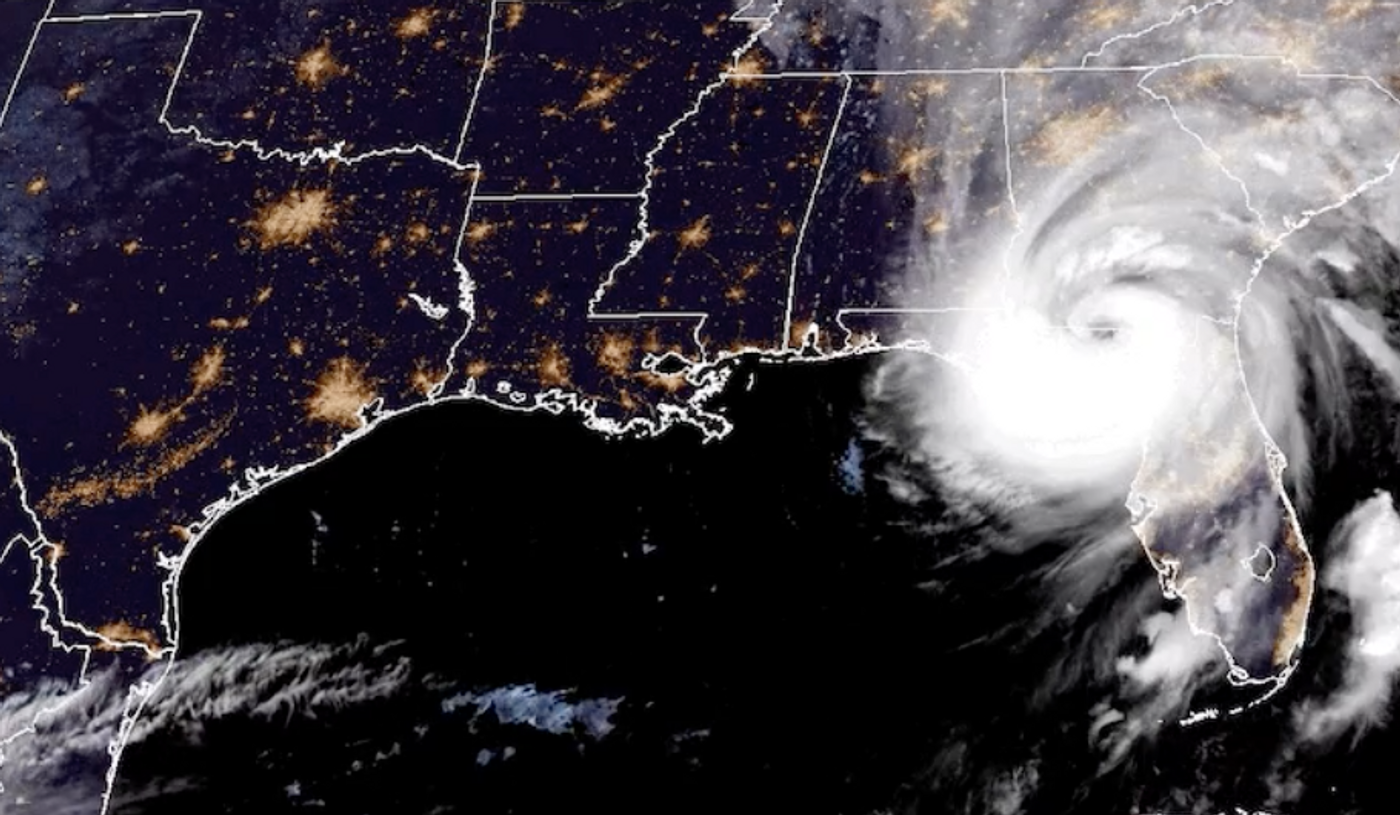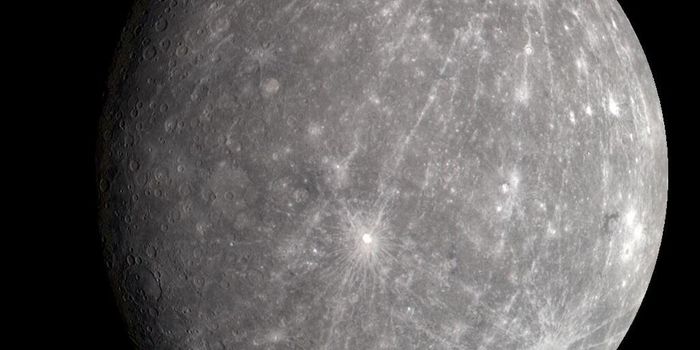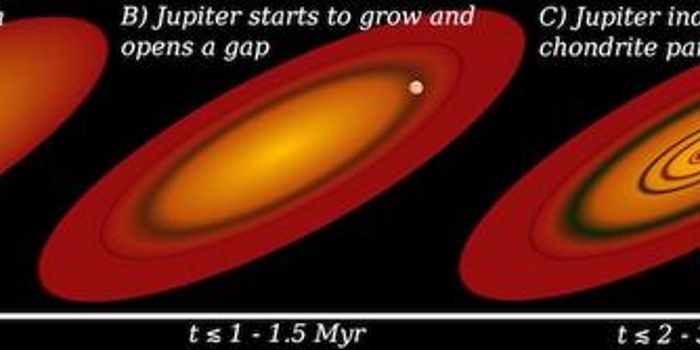Climate Change is Increasing Hurricane Intensity
The World Meteorological Organization (WMO) has determined that from 1970 to 2019, tropical cyclones caused 1,945 disasters, which led to an estimated 779,324 deaths and $1.4 trillion in losses.
Hurricanes are becoming more powerful. These severe tropical storms, which are called typhoons when they occur in the Pacific Ocean, are rated by severity based on the speed of their winds. But these winds are getting worse, and now, scientists have suggested that some Atlantic storms are off of the official chart, called the Saffir-Simpson Scale. This scale rates hurricanes from one for the lowest strength to five for the most powerful. Researchers have recently called for the creation of a sixth category, however.
Research has also indicated that as hurricanes become stronger, they also cause higher and more destructive storm surges, and more extreme rainfall.
A recent study published in Scientific Reports has determined that Atlantic hurricanes are also strengthening more rapidly; they have become more likely to increase from a category 1 to a Category 3 hurricane within 24 hours when compared to hurricanes that occurred decades ago. From 2001 through 2020, the rate of hurricane intensification increased by 28.7 percent compared to hurricanes that happened between 1971 and 1990.
There has also been an increase in severe typhoons making landfall in China since 2004, compared to previous periods, according to research reported in the International Journal of Climatology in 2020.
Warmer ocean temperatures, rising sea levels, and human-caused climate change are considered major reasons for these changes. More water vapor is released when ocean surfaces are warmer, so storms are fueled by additional energy, generating stronger winds. As the atmosphere gets warmer in general, it can also hold more water, so rainfall rates and amounts can be significantly higher.
Many of these impacts could be observed when Hurricane Helene recently moved through the Gulf of Mexico, made landfall in a region of Florida known as Big Bend, and then went on to wreak havoc in Asheville, North Carolina, which is over 500 miles from the Gulf coast. Coincidentally, the National Centers for Environmental Information are located in Asheville, and sea surface temperature monitoring has been knocked offline until further notice.
It is notable that the Indian Ocean and some areas of Asia appear to be an exception to this trend. A recent study in Communications Earth & Environment has determined that destructive tropical cyclones in the Indian Ocean have become less frequent since the mid 1990s. This might be explained by higher pollution levels, suggested researcher Hiroyuki Murakami, a physical scientist at the National Oceanic and Atmospheric Administration.
Recent work by Murakami and colleagues, reported in Science Advances, indicated that as US and Europe particle emissions peaked in the 1980s and then began to fall, Atlantic hurricanes also became more frequent.
The increasing severity of these storms serves as a reminder that the world should take urgent action to reduce fossil fuel emissions and lower the pace of climate change.
Sources: Rowan University, Scientific Reports, International Journal of Climatology, Communications Earth & Environment









